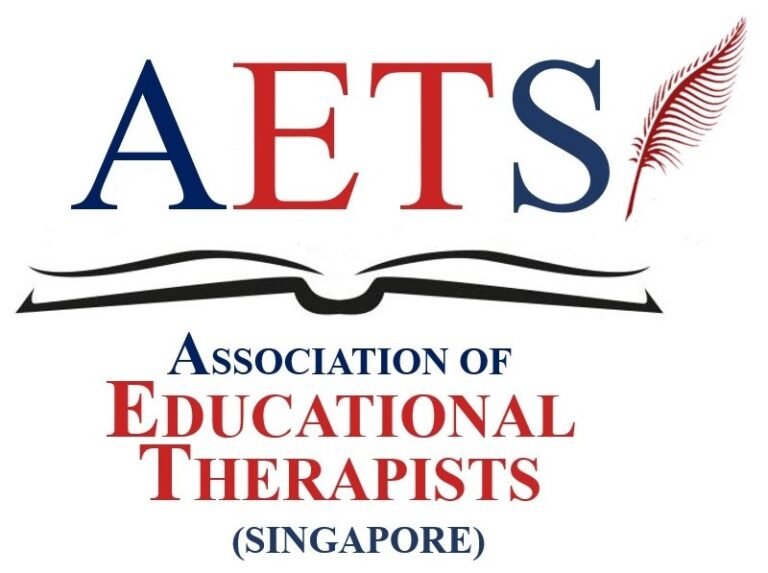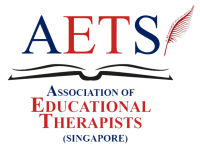Be Our Author
The Asian Educational Therapist journal warmly invites the submission of original research articles, case studies, practical strategies, and literature reviews dedicated to educational therapy, special education, and related disciplines, including speech and language therapy, behavioral therapy, and mental wellness therapy.
We are committed to advancing knowledge and practice in these vital fields. Submissions may address a wide range of topics, such as learning difficulties, innovative instructional strategies, assessment methods, and intervention programs. By contributing to our journal, you join a dynamic community devoted to enhancing the educational and therapeutic outcomes for individuals across Asia and beyond.
Benefits As Our Author
Becoming an author with The Asian Educational Therapist journal presents a wealth of valuable opportunities for practitioners, educators, and researchers in the field of educational therapy. By contributing to our journal, you will enjoy a range of benefits, including professional recognition, the chance to share your expertise with a wider audience, and the opportunity to make a meaningful impact on the practice and advancement of educational therapy across the region.
KNOWLEDGE DISSEMINATION
Share your knowledge and expertise with a wide audience of professionals, therapists, and researchers within the community. Contribute to the evidence-based practices in the field
PROFESSIONAL RECOGNITION
Enhance your professional reputation and credibility within the academic and educational community. Position yourself as an expert in your area of research
CONTRIBUTION TO THE FIELD
Use your research and insights to inspire further investigations, and potentially lead to innovative solutions and approaches in supporting children, adolescents and students with special education needs
CAREER GROWTH
Open doors to new opportunities, such as invitations to speak at conferences, participation in panel discussions, and potential collaborations with educational institutions or organisations
PEER REVIEW
Receive constructive feedback from peer reviewerss and experts in the field can help refine your research, strengthen your arguments, and improve the overall quality of your work
POSITIVE IMPACT
Play a role in shaping the direction of the field and promoting effective strategies for the benefit of those with special education needs and their families

